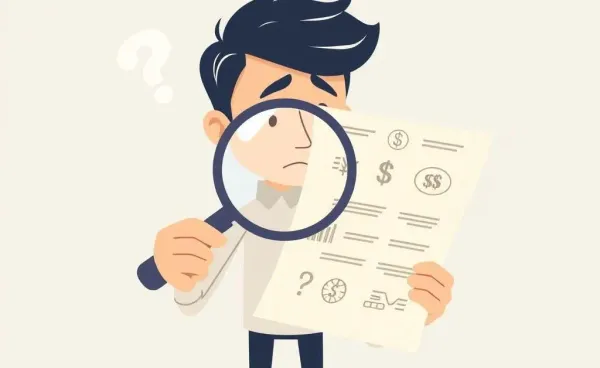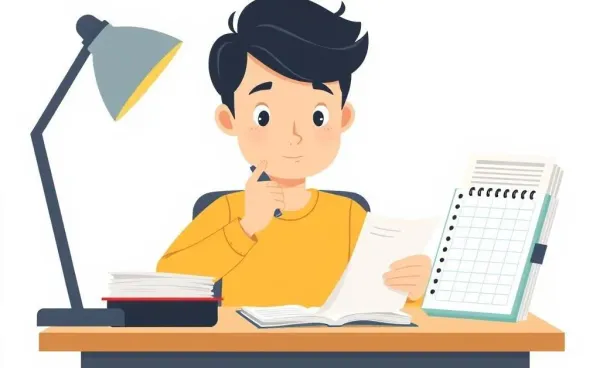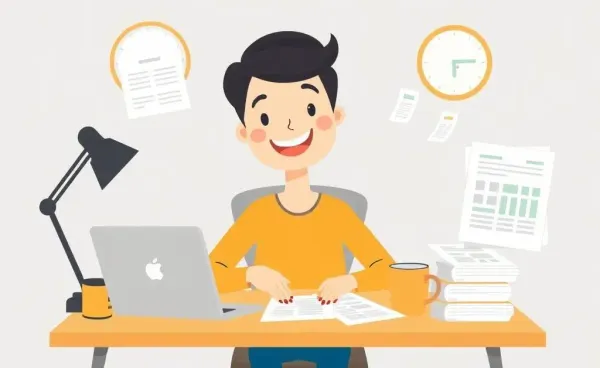How Much Should You Put Down for a Mortgage? Key Insights
Explore practical insights on choosing the right down payment for your mortgage.
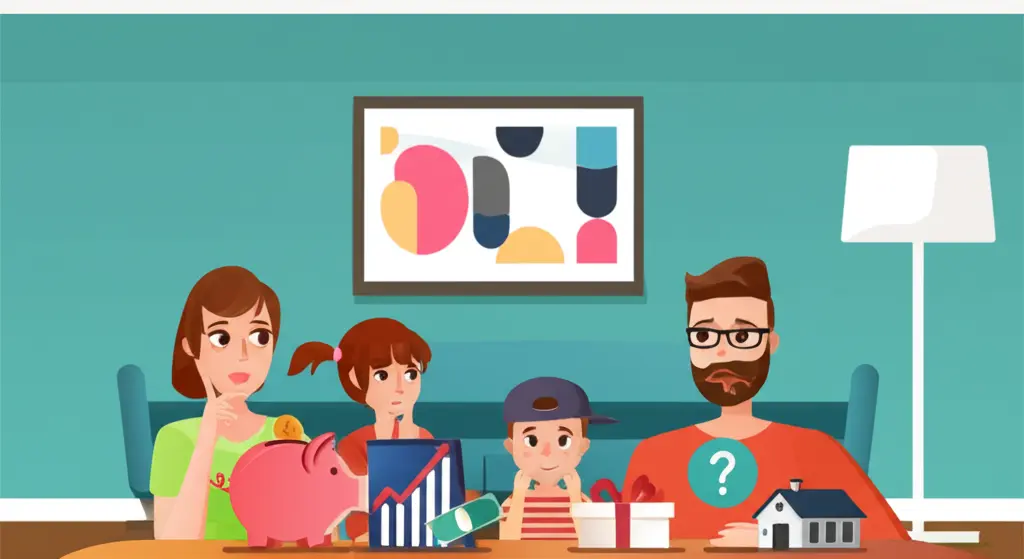
Buying a home is exciting, but figuring out how much money to put down can be a daunting decision. If you're anything like me, juggling numbers and future plans can feel overwhelming. So, let's walk through this together and explore what's common, practical, and beneficial for crafting your ideal down payment strategy.
Why Does Your Down Payment Matter?
Your down payment is like a well-rooted seed — it determines how your mortgage will grow and what it will yield. The primary keyword: down payment, becomes crucial here as it impacts:
- Your monthly payments — a higher down payment typically means lower monthly instalments.
- Your interest rate — generally, larger down payments can qualify you for better rates.
- Mortgage insurance — less than 20% down may require additional insurance.
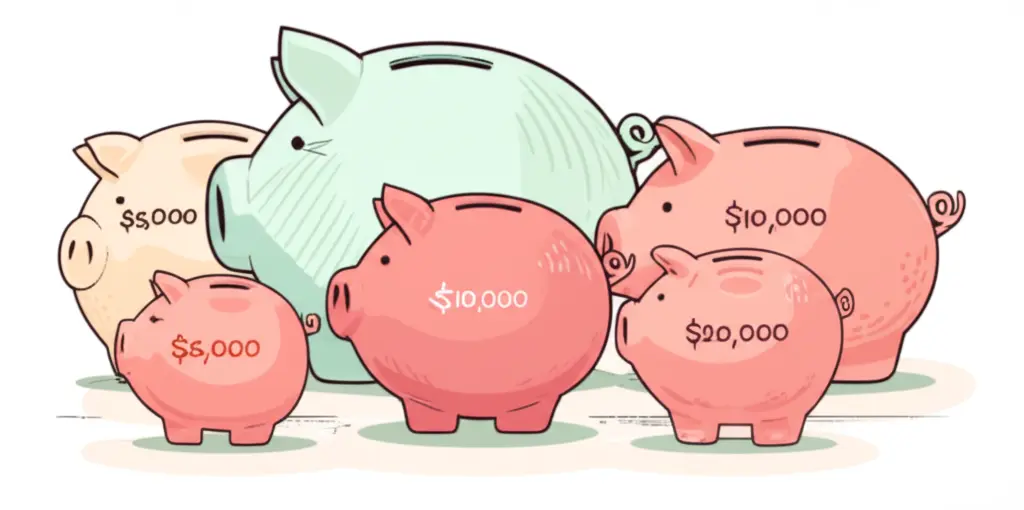
Common Down Payment Percentages
Are you curious about what others are doing? Typically, homebuyers put down anywhere from 5% to 20%. Let’s break that down:
- 5% Down Payment: Often chosen by first-time buyers to enter the market sooner. Be prepared for mortgage insurance though.
- 10% Down Payment: Offers a mid-point balance, keeping some savings while reducing monthly costs somewhat.
- 20% and Above: Avoids mortgage insurance and gets you better interest rates. Ideal for those with significant savings or equity.
Considerations for Your Down Payment
Many factors play into deciding the right down payment amount:
- Budget: Have you factored in emergency savings post-purchase?
- Market Trends: Are real estate prices rising or stabilizing in your area? A higher down payment might bring more security in rising markets.
- Financial Goals: Ensure your down payment aligns with long-term planning — retirement, education, and other investments shouldn’t be compromised.

Steps to Save for Your Ideal Down Payment
Whether you've just started thinking about a home or are actively saving, these strategies are gems I've gathered along the way:
- Create a dedicated savings account — Automate deposits to build your fund without the temptation to spend.
- Cut unnecessary expenses — For example, meal planning can drastically reduce dining out costs.
- Consider supplemental income — Freelance gigs or side jobs are effective ways to boost savings.
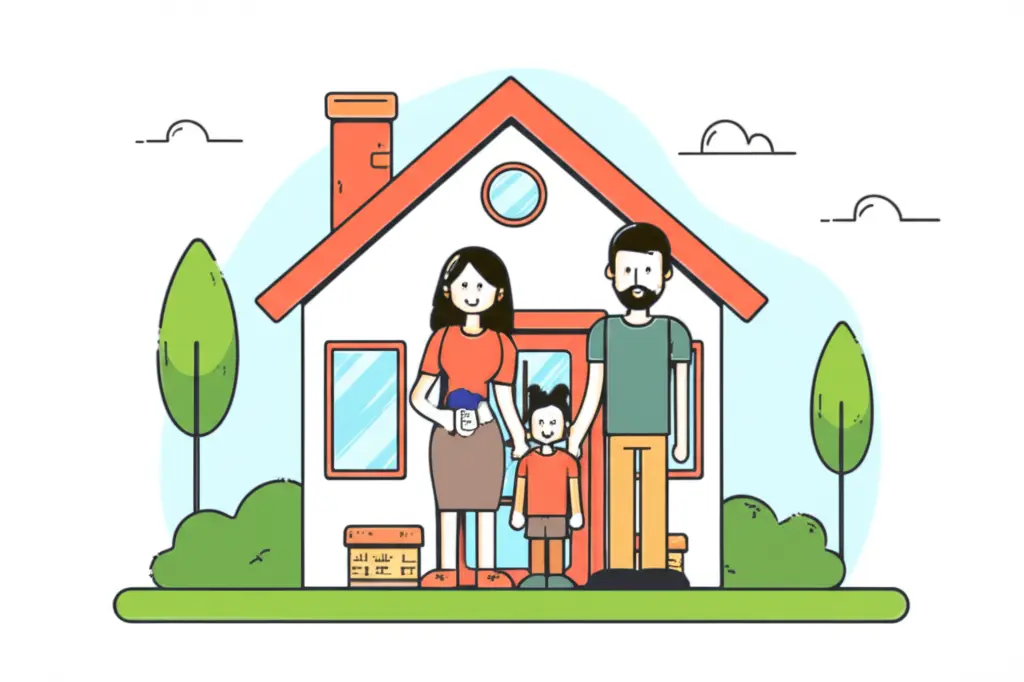
Final Thoughts: Tailoring Your Down Payment
Ultimately, the right down payment isn’t one-size-fits-all; it’s about aligning with your individual financial landscape and future aspirations. I've learned that it’s not solely about how much you pay upfront, but ensuring that decision supports both your present and future financial well-being.
What has been your biggest consideration in choosing a down payment amount? Let’s chat and learn together!


